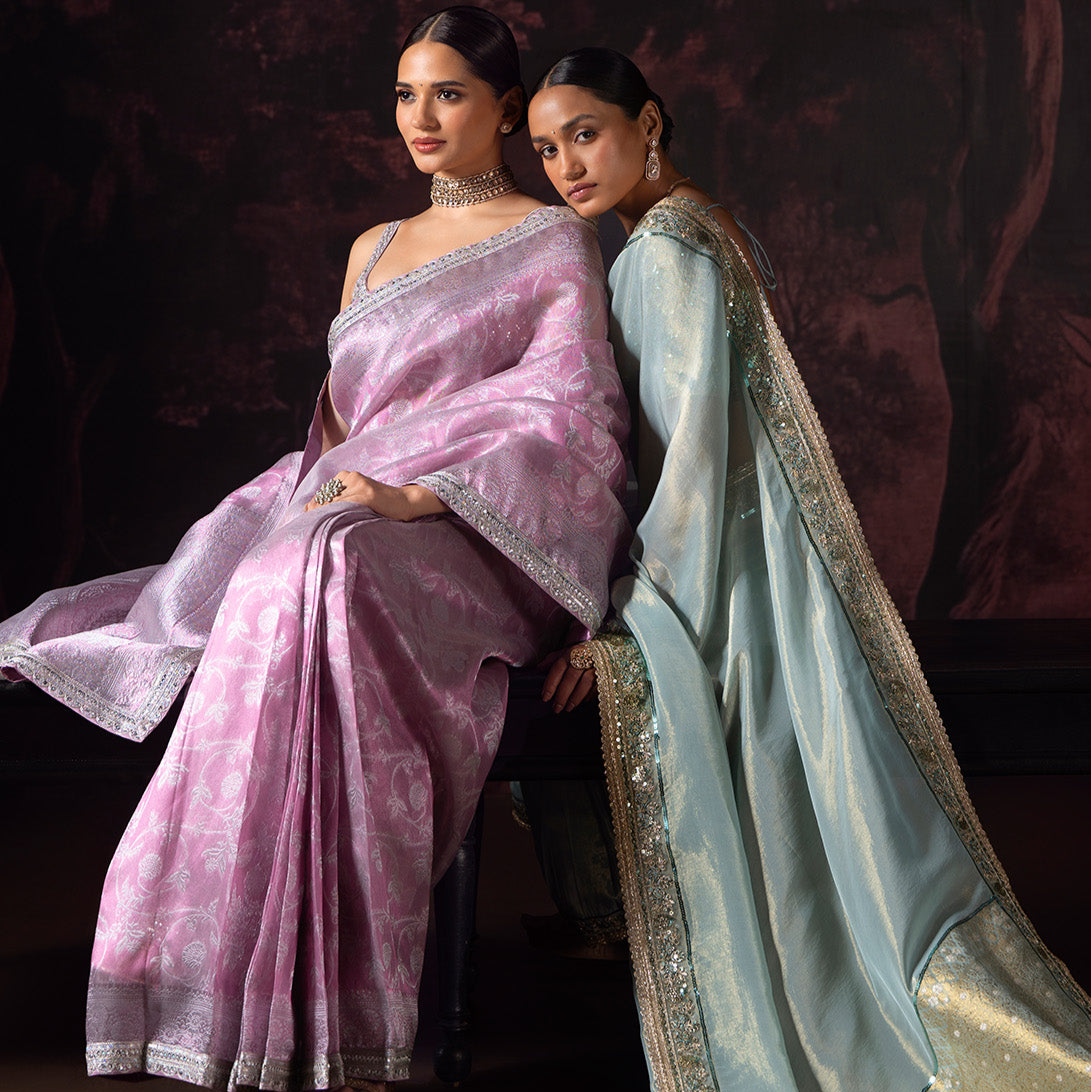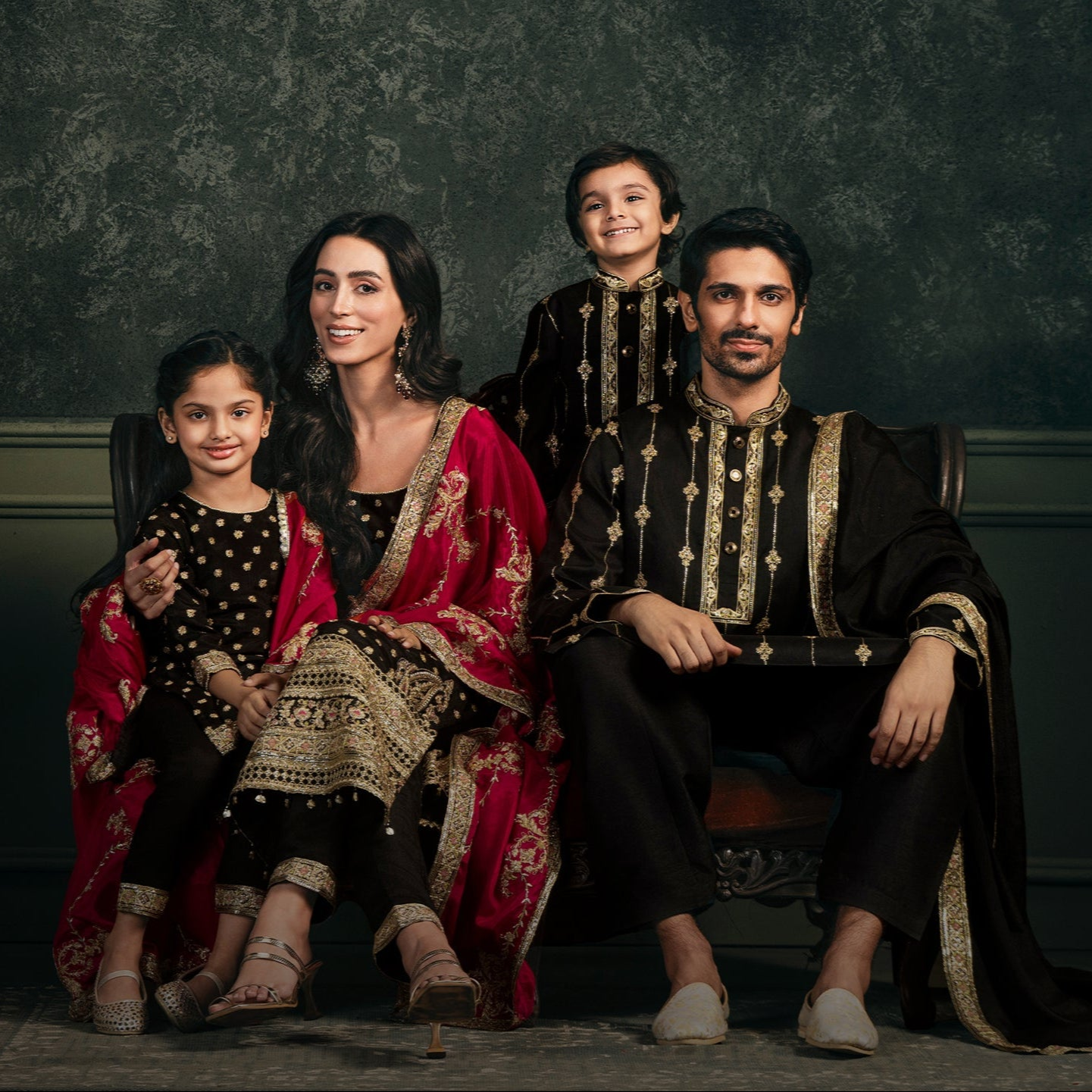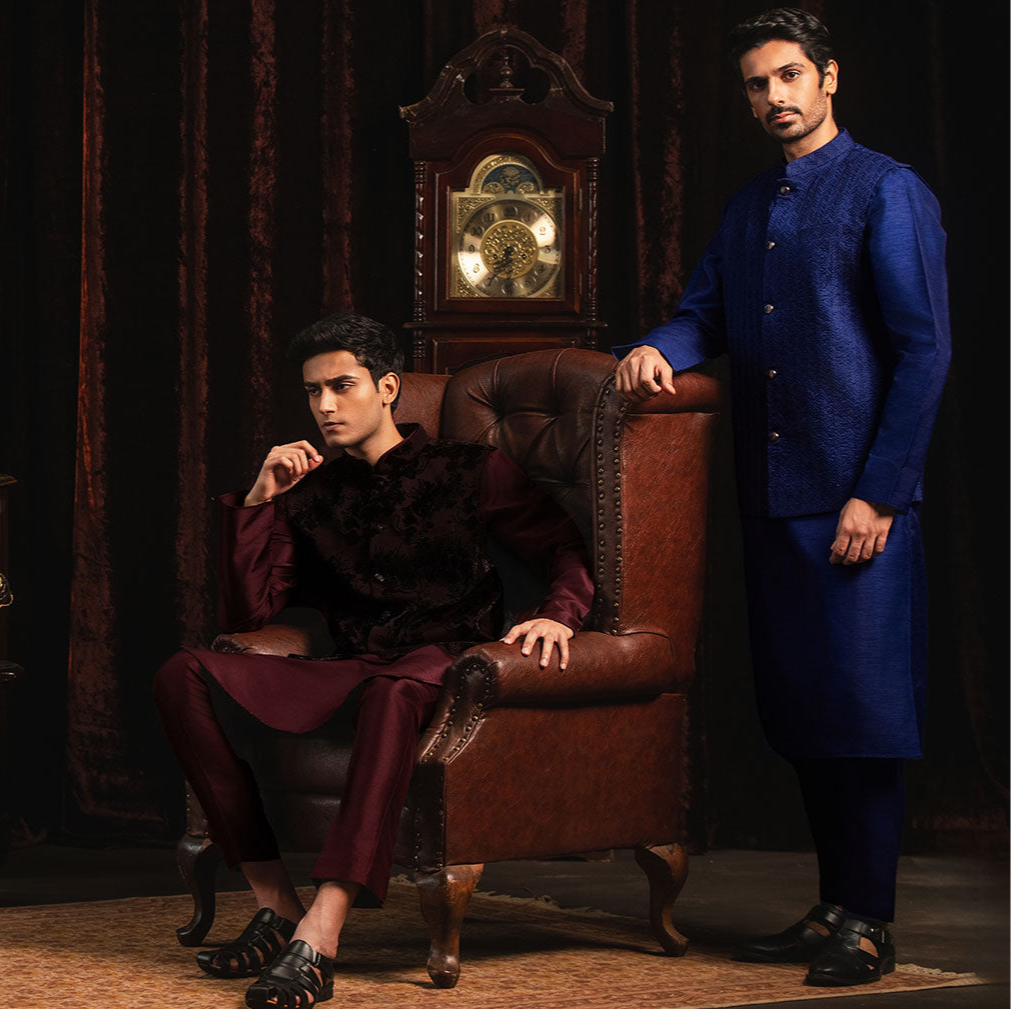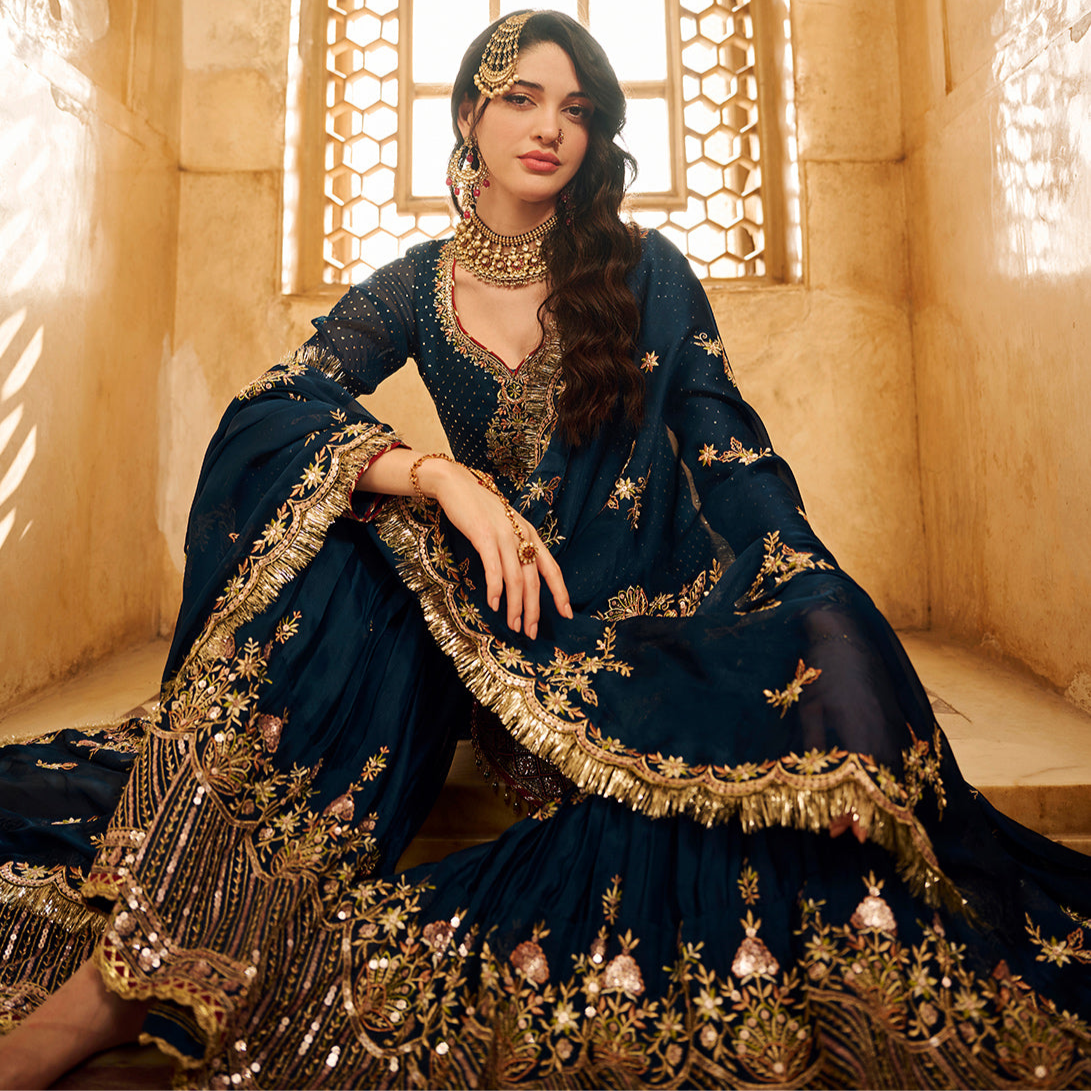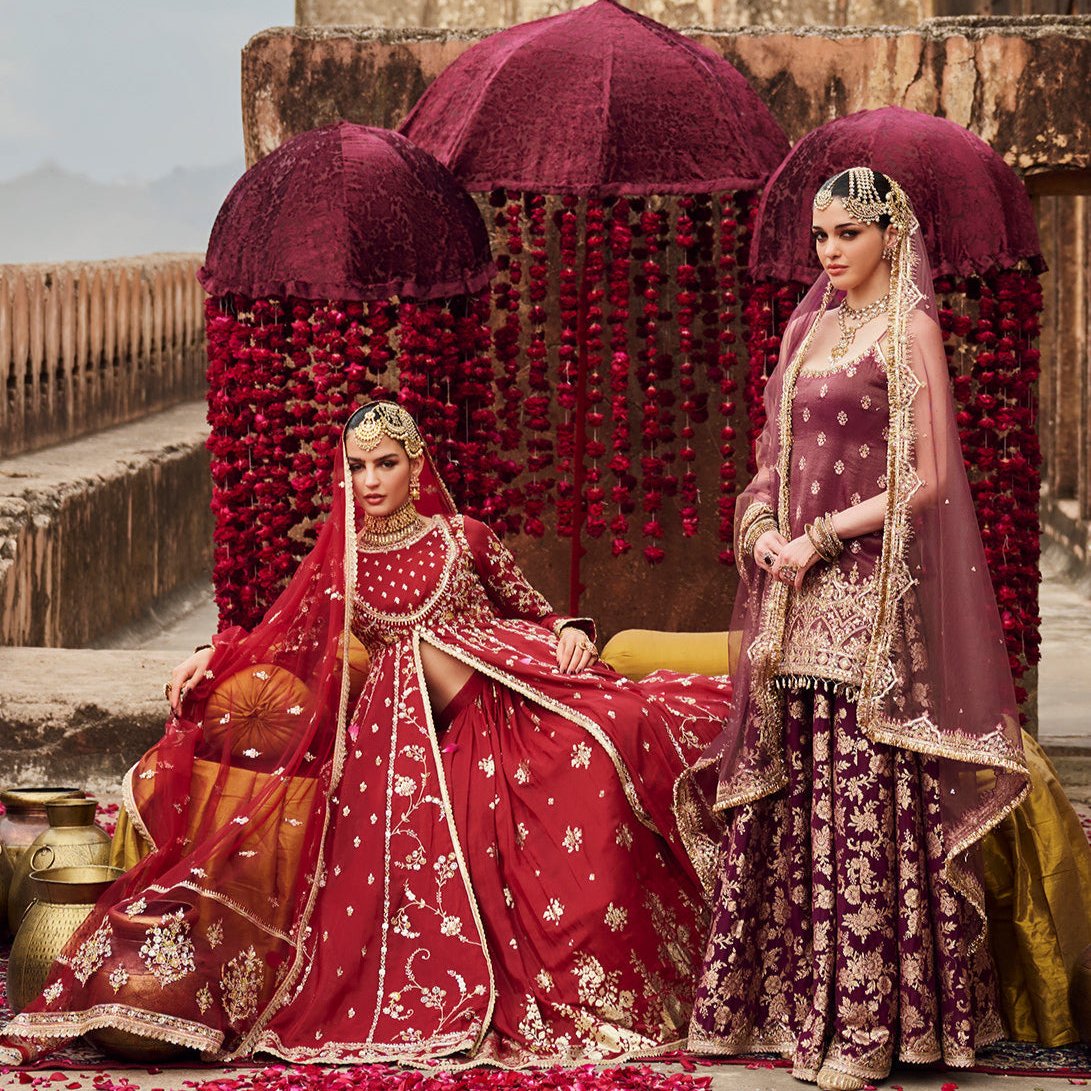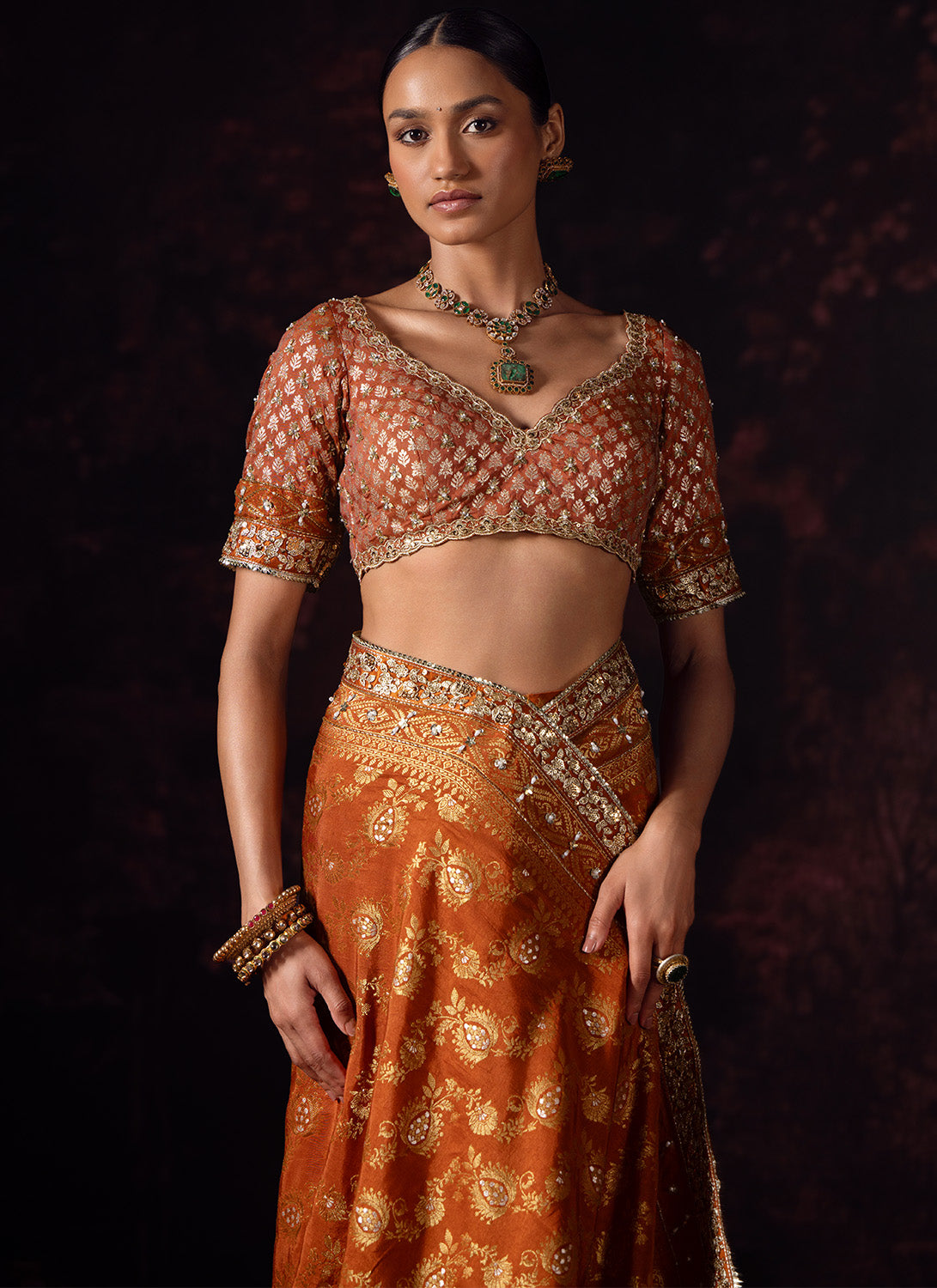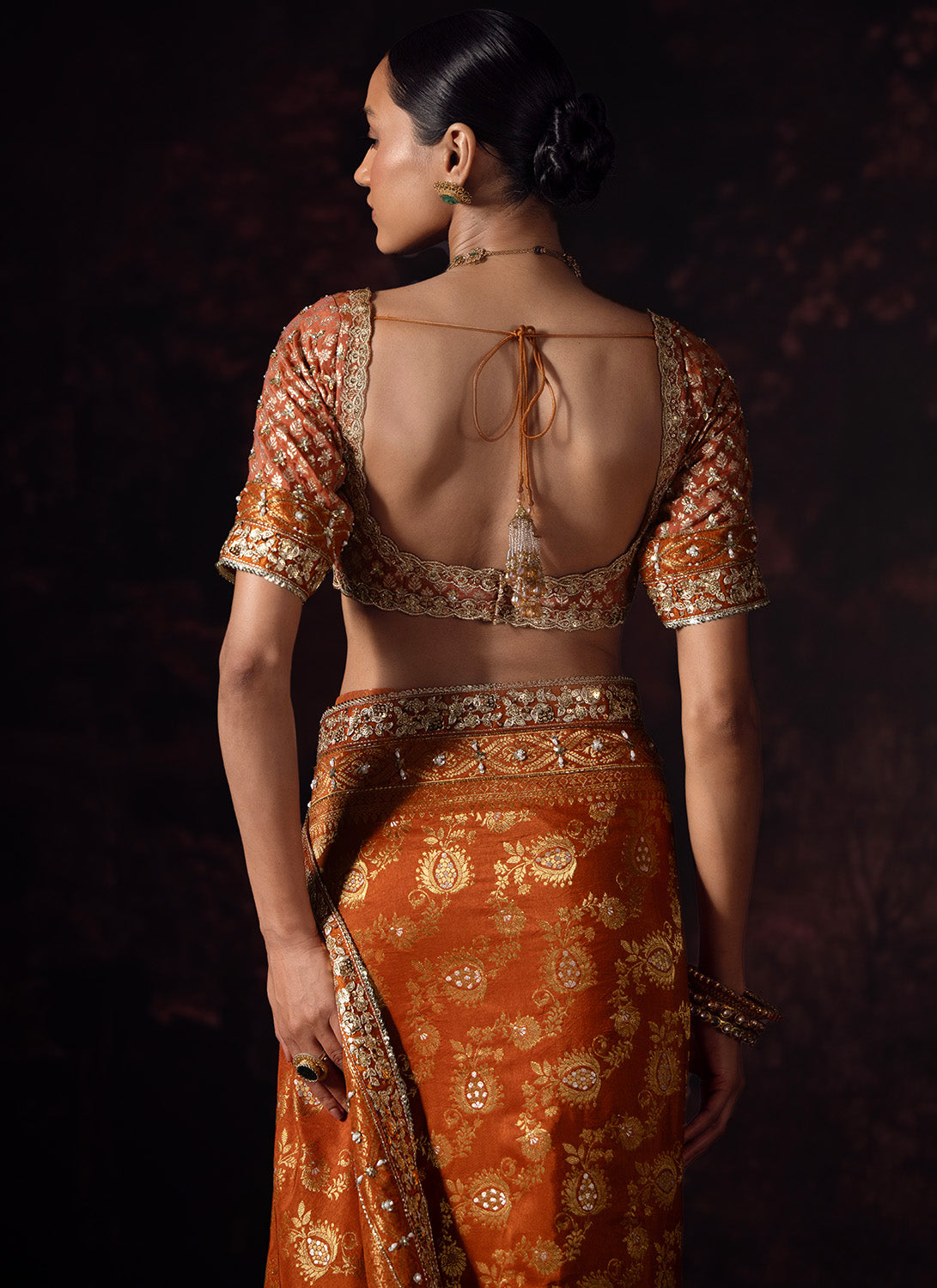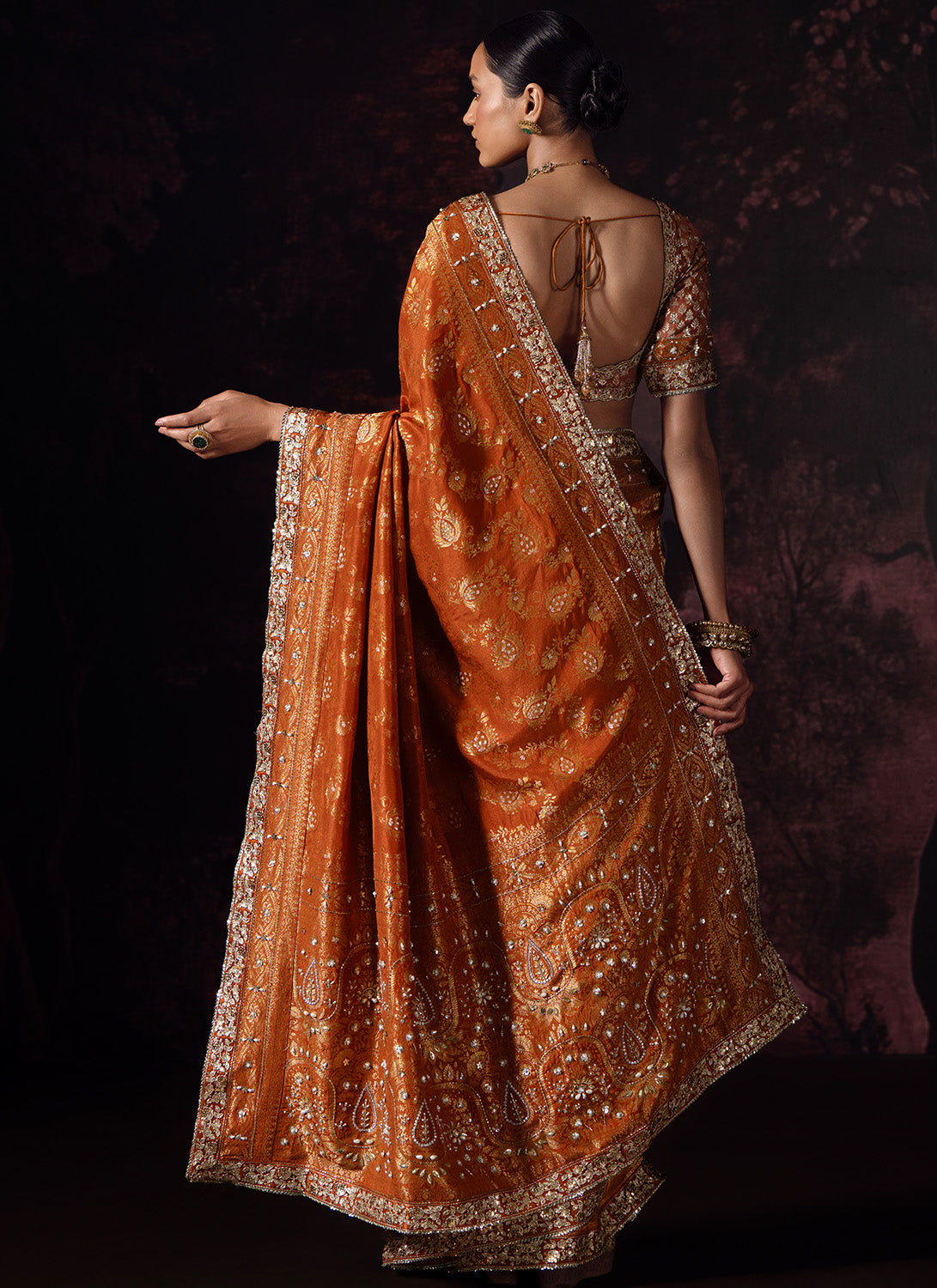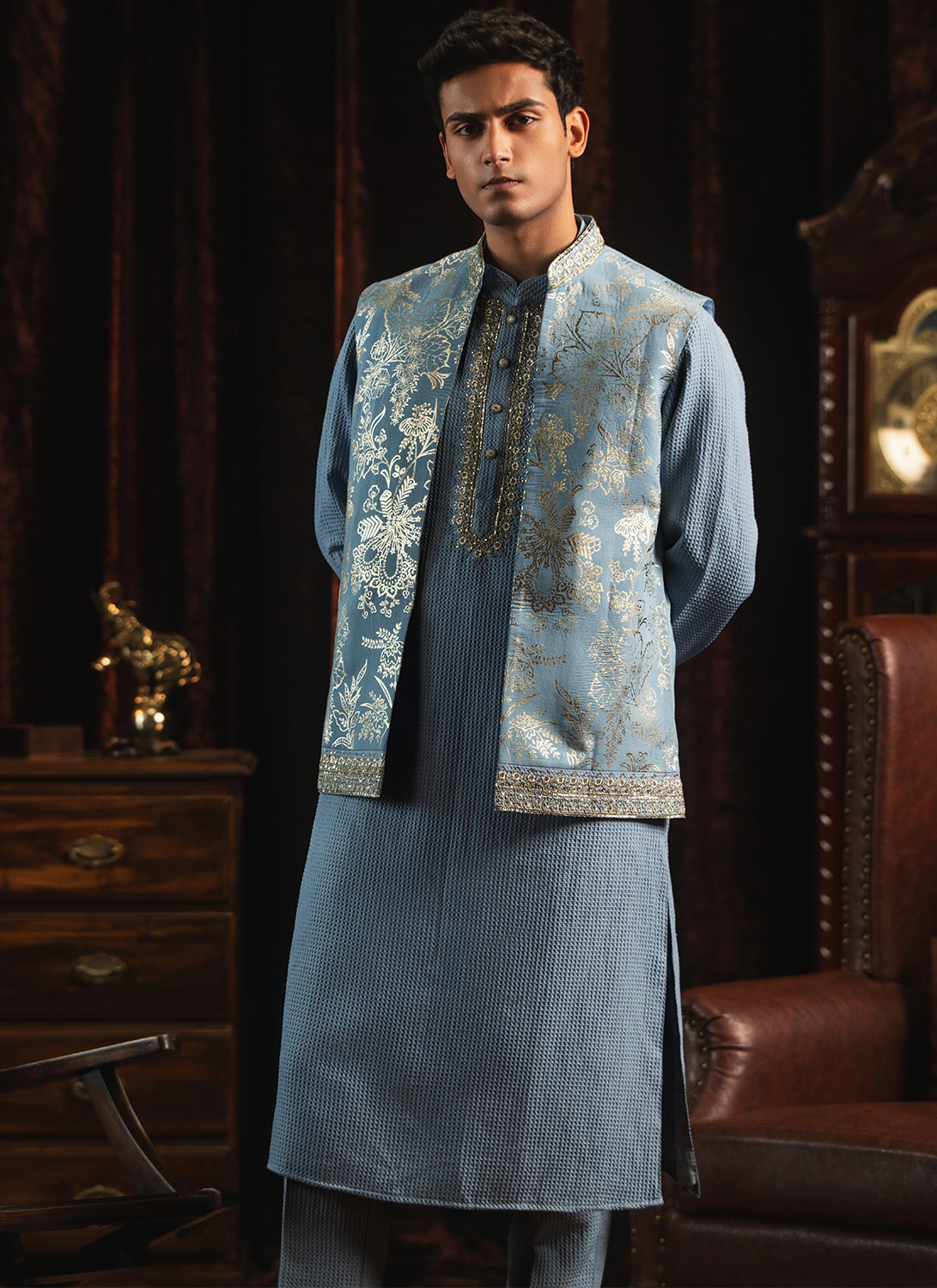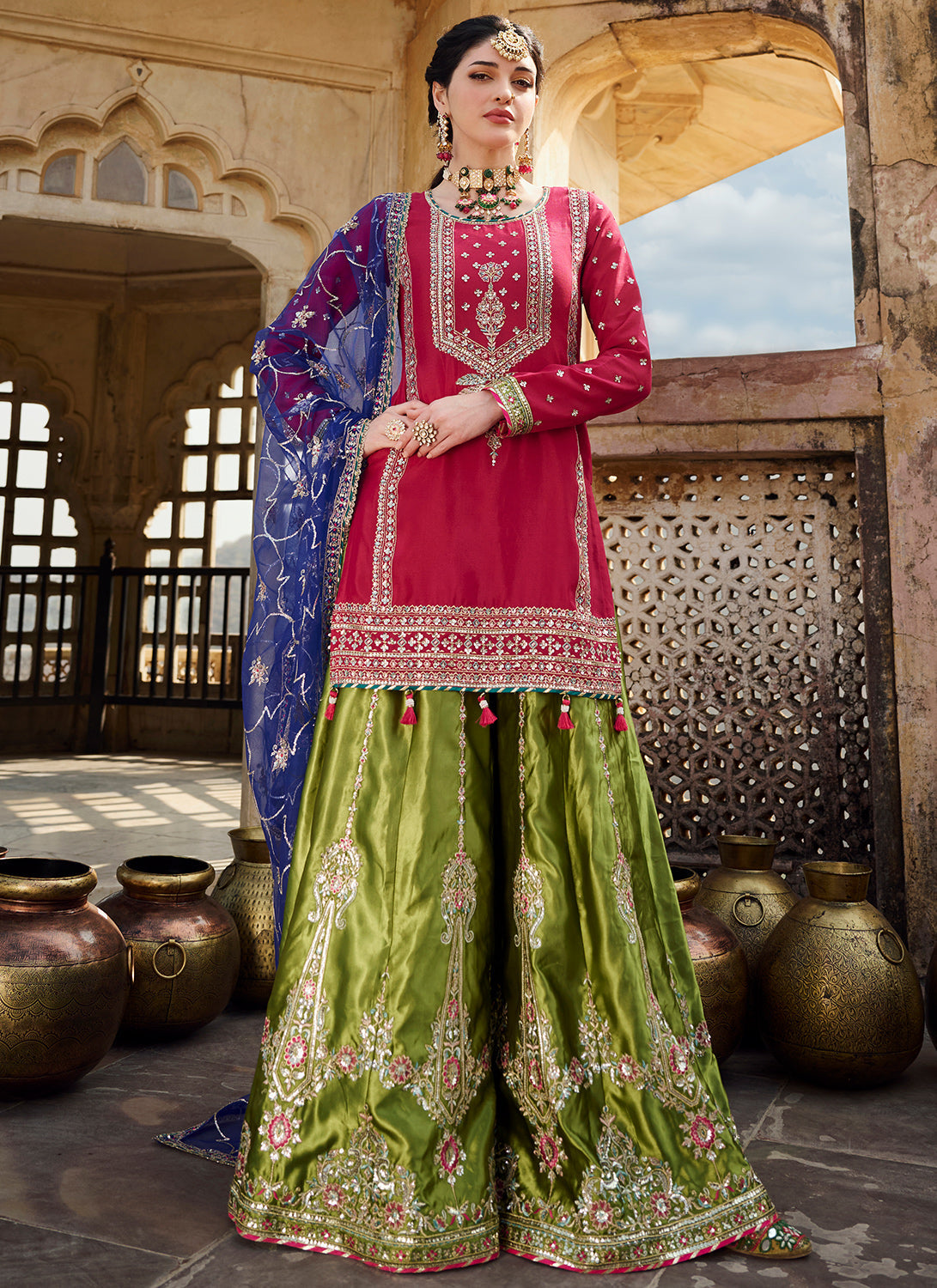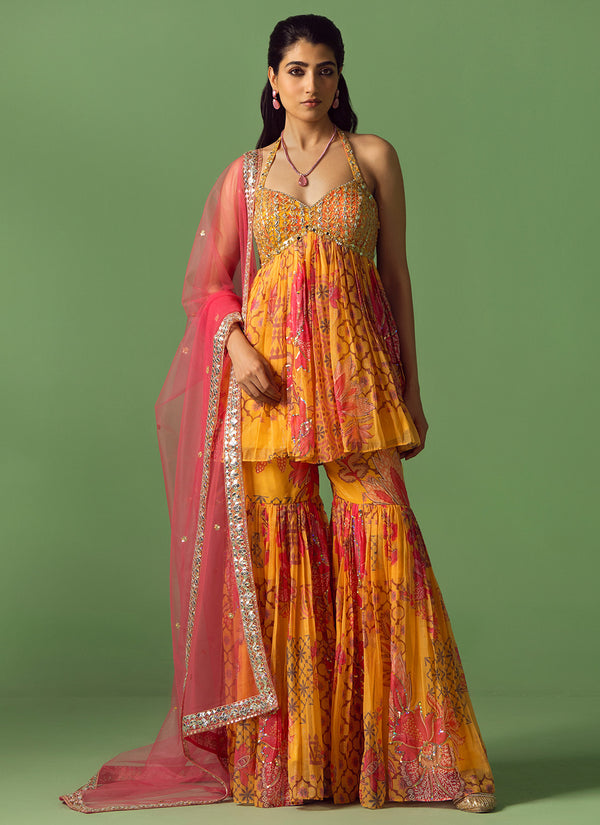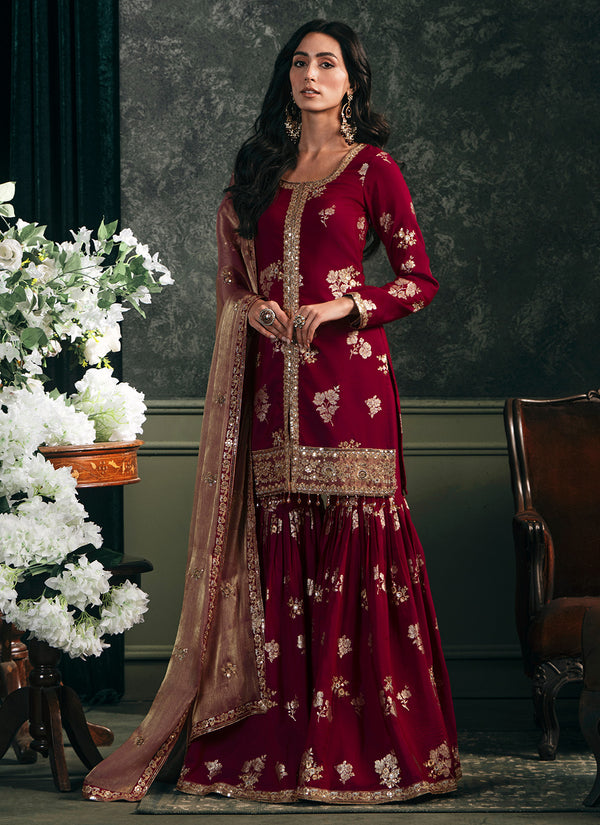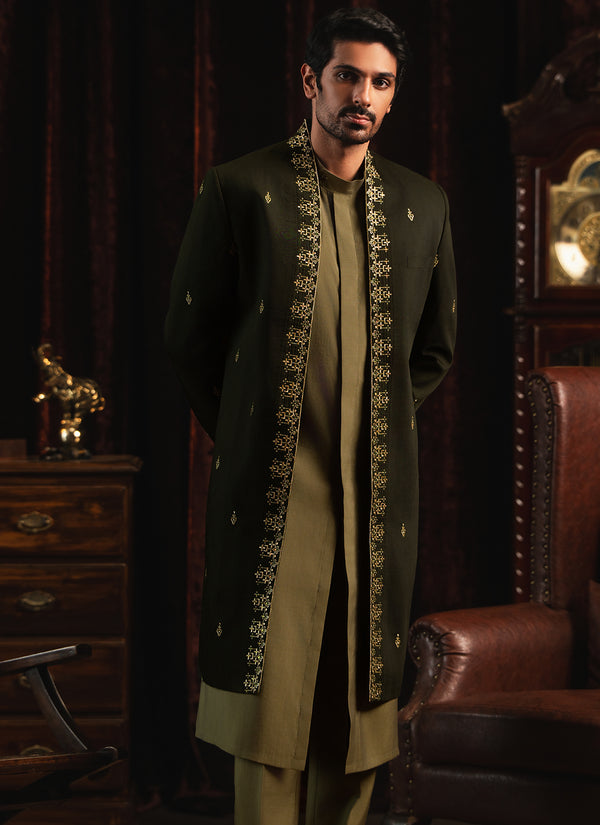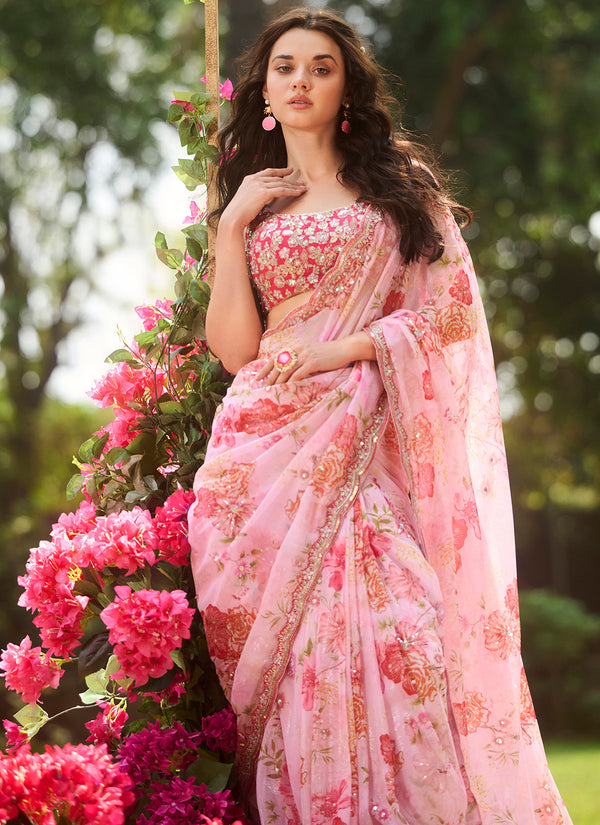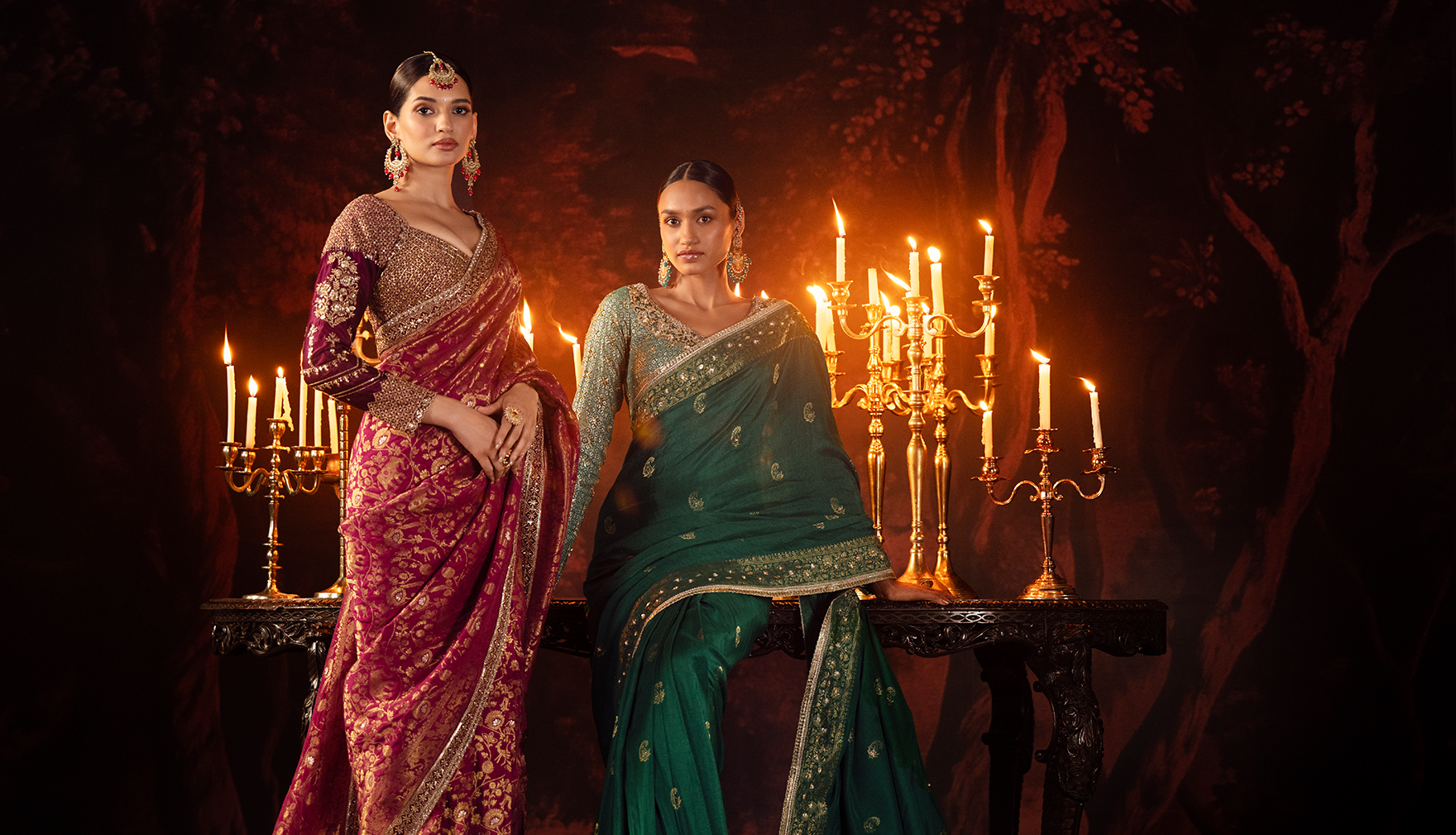
Diwali Colors: Meaning, Symbolism & Festive Ideas
Diwali, also known as Deepavali, is one of the most significant and widely celebrated festivals in India and among people of Indian origin worldwide.
Diwali, which translates to ‘Festival of Lights’, is a multi-day festival that typically lasts five days. The exact dates vary from year to year, but the festival will fall between October and November, according to the Hindu lunar calendar.
In 2025, Diwali falls on Monday, 20 October.
Beyond being a religious observance that emphasizes the triumph of light over darkness and good over evil, Diwali serves as a time of renewal, cultural unity, and joyous reflection. Hindus celebrate the return of Lord Rama to Ayodhya after his victory over Ravana, lighting lamps to welcome his homecoming. Jains mark Lord Mahavira’s attainment of nirvana, while Sikhs honor Bandi Chhor Divas, commemorating Guru Hargobind Ji’s release.
Diwali also coincides with the start of the new financial year for many businesses. Homes are lovingly cleaned and adorned, sweets are prepared, new clothes are bought, and the air fills with excitement as neighborhoods glow with lamps and fireworks illuminate the sky.
Diwali Colors: Symbolism and Importance

Colors hold significant importance during Diwali, the Festival of Lights. Each color used in Diwali decorations, clothing, and rituals carries its own symbolism and meaning.
Different colors symbolize a meaning. The use of colors during Diwali goes beyond aesthetics; it carries deep cultural and spiritual significance. The specific colors chosen may vary by region and personal preferences, but they all contribute to the festive and joyous atmosphere of the celebration.
Colors yellow and gold are the most prominent hues of Diwali. They symbolize wealth, luck, prosperity, and the victory of light over darkness. Many people wear yellow or gold-colored clothing and decorate their homes with yellow marigold flowers and rangoli patterns.
Red signifies passion, love, and the victory of good over evil. In some regions of India, red is associated with the goddess Durga, who is worshiped during this time. Red is a popular choice for clothing, particularly among women, and is also used in decorative elements such as candles and lanterns.
Similarly, pink is associated with love and celebration. It represents the joy and happiness that come with the victory of good over evil.
The color green represents new beginnings, growth, and happiness. It is often associated with nature and the harvest season. People use green leaves and flowers for decorations, and green fireworks are popular in some regions.
Blue is associated with the god Krishna and his divine energy. It symbolizes the infinite and the immeasurable. While not as commonly used as other colors, blue is sometimes included in decorations and clothing.
The color purple is associated with spirituality and is often used in religious rituals and decorations. It represents the balance between the physical and spiritual realms.
Orange is a symbol of purity and spirituality. It is often used in religious ceremonies and as decorative elements.
Decorating With Colors for Diwali

The magic of Diwali pulses through every decorative detail, as homes transform into radiant sanctuaries of light and color. At the entrance, rangolis crafted from colored powders, fresh petals, rice, or even eco-friendly materials like turmeric and beetroot powder invite blessings, beauty, and prosperity. These intricate designs often incorporate motifs of diyas, lotuses, or peacocks, believed to welcome Goddess Lakshmi and positive energy into the home.
Garlands of marigolds in vibrant shades of yellow and orange drape over doorways and windows, symbolizing auspicious beginnings, while mango leaves and fresh torans are tied above entrances to purify the space and ward off negativity.
Rows of diyas in golden hues and earthy reds line pathways, balconies, and courtyards, casting a warm, flickering glow that fills every corner with serenity. To complement the traditional lighting, multi-colored fairy lights twinkle on balconies, terraces, and trees, adding a joyful sparkle that feels both modern and magical.
Inside the home, people decorate with shimmering drapes, metallic lanterns, and crystal candleholders that reflect light in captivating patterns. Shades of green through foliage and indoor plants balance the fiery tones of red and orange, grounding the palette with freshness and harmony.
Together, these thoughtful touches turn every space into a festive haven that feels traditional, inviting, and alive with the spirit of Diwali.
Festive Styles Rooted in Tradition
Dressing for Diwali is more than simply choosing what to wear; it is a beautiful canvas for personal expression rooted in centuries of tradition. The colors of Diwali hold deep meaning, and the outfits you choose reflect the light and positivity you wish to welcome into your life.
Bold shades of red and gold are timeless favorites, symbolizing love, strength, and prosperity, while softer greens and tranquil blues create an elegant balance that reflects renewal, peace, and harmony. The colors not only brighten the celebration but also carry forward the festival’s message of joy and togetherness.
These Lashkaraa picks, featuring festive Diwali colors, make for stunning outfit options.
For those who want to make a dazzling impression, the Hot Pink Embroidered Brocade Lehenga offers festive flair with its vibrant hue and intricate detailing that captures the exuberance of the season. Pairing it with statement jewelry and bold makeup creates a striking look for evening gatherings, while softer accessories can balance it for daytime celebrations.
The Mustard Yellow Embroidered Brocade Lehenga, on the other hand, radiates optimism and warmth, making it perfect for family pujas or friendly get-togethers. Styled with traditional jhumkas and embroidered juttis, it captures the true spirit of festive joy.

To embrace deeper, more regal tones, the Deep Royal Blue Embroidered Silk Saree channels serenity and sophistication. Its jewel tone pairs beautifully with silver or diamond accessories for a refined evening look.

Meanwhile, the Emerald Green Embroidered Silk Saree symbolizes renewal and prosperity, making it a wonderful choice for those who wish to highlight nature-inspired beauty. Styled with gold bangles and a statement clutch, it is an outfit that shines both at intimate gatherings and grand Diwali parties.
Whether you gravitate towards the grandeur of lehengas or the timeless allure of sarees, these curated pieces allow you to embody the symbolism of Diwali colors in a way that feels both personal and festive. Each garment is more than attire; it becomes a part of the celebration itself, lighting up the night as beautifully as the diyas that adorn every home.
Is It OK to Wear Black for Diwali?
Although Diwali is traditionally associated with bright, auspicious shades of red, yellow, and green, black has emerged as a chic and contemporary choice for festive wear. Once considered unsuitable for ceremonies, it is now embraced for the elegance, sophistication, and sense of mystery it brings to celebrations.
Choosing black for Diwali is not about breaking away from cultural roots but about reinterpreting them for today’s generation. Outfits in black radiate confidence and individuality, making them ideal for those who want to stand out while still honoring the festival’s essence of joy and togetherness. Whether worn at intimate family gatherings or grand evening parties, black offers a sophisticated edge that feels both festive and fashion-forward.

The Black Embroidered Velvet Lehenga is a perfect example of this modern evolution. With its luxurious fabric, detailed embroidery, and dramatic silhouette, it makes a bold statement that is equal parts regal and glamorous. Paired with gold jewelry, high heels, and a sleek clutch, it transforms into an unforgettable ensemble that captures the celebratory spirit of Diwali while embracing contemporary style.

For those who prefer the timeless elegance of sarees, the Black Embroidered Velvet Saree offers a refined yet bold alternative. Light and graceful, this saree drapes beautifully, its intricate detailing adding just the right touch of sparkle to the evening. Styled with chandelier earrings and a metallic clutch, it creates a look that is understated yet powerful, proving that black can be just as radiant as the brighter hues traditionally worn during the festival.
Black has a unique power as it provides the perfect canvas to highlight dazzling jewelry, intricate embroidery, and vibrant makeup, allowing every accessory to shine brighter against its deep backdrop. Styled with metallic accents, jewel-toned embellishments, or bold statement pieces, black creates a striking balance between modern glamour and timeless tradition.
Lighting the Way Forward
Diwali serves as a poignant reminder of renewal, unity, and joy. The shades you wear or the way you decorate your home carry a deeper message of hope and togetherness that extends well beyond the holiday itself.
By embracing both tradition and personal expression, you make Diwali a celebration that feels timeless yet uniquely your own—one that brightens not only your surroundings but also the year ahead.

